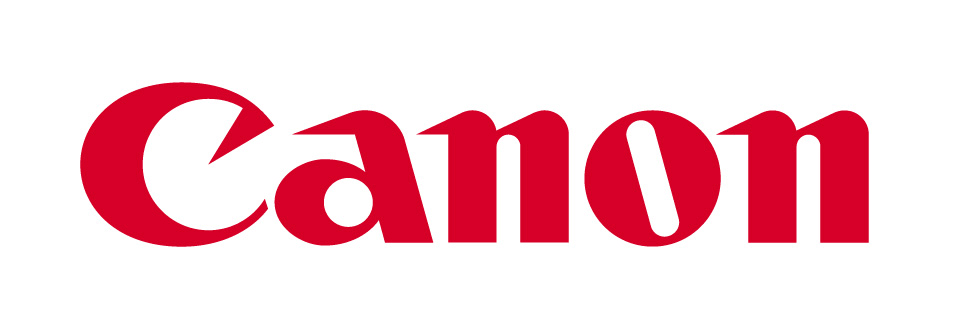On July 23, 2010, Judge William Alsup of the U.S. District Court for the Northern District of California entered an order denying Facebook Inc.’s motion to dismiss a second amended complaint alleging that Facebook is guilty of contributing to the copyright infringement of a video game. Judge Alsup denied Facebook’s argument that, as the Plaintiff had failed to properly allege direct infringement by its Co-Defendant, no claim against Facebook for contributory infringement could be made. A copy of the decision can be found here: Miller v Facebook
Background
The pleadings allege that Plaintiff, Daniel Miller, created the video game Boomshine in 2007 and was granted a copyright registration by the U.S. Copyright Office. Boomshine is a game in which players click on floating circles which cause them to expand resulting in the expansion of any other circles which come into contact. Miller’s second amended complaint accuses Defendant,Yao Wei Yeo, of direct infringement by arguing a similar “look and feel” between his video game, ChainRxn, and Boomshine but provides no further evidence of copying. According to the allegations in Miller’s filings, “ChainRxn copies the look and feel of Boomshine by incorporating almost every visual element of the game”. Moreover, the second amended complaint accuses Facebook of contributing to the infringement of the video game by allowing Yeo’s game to remain on its website after being notified that it infringed the copyright of Boomshine. Miller alleges that “[a]fter defendant Yeo published ChainRxn on defendant Facebook’s website, members of the public were deceived regarding the origin of ChainRxn.”
The Court’s Denial
Facebook filed a motion for dismissal of the suit on June 21, 2010. Its argument was founded on the position that, as Miller had not properly first pled direct infringement by Yeo, he could not sustain a claim for contributory infringement by Facebook. The basis for Facebook’s argument was that Miller’s mere allegation that ChainRxn “looks and feels” identical to Boomshine without further proof of copying was insufficient to allege direct copyright infringement of Boomshine’s source code. Moreover, Facebook argued that the copyright registration Miller had obtained for the source code was limited to its literal elements and not audiovisual elements of Boomshine. Judge Alsup denied the first element of Facebook’s motion as premature noting that a “plaintiff can rarely examine the underlying source code of an accused infringing software program without resorting to discovery.” Specifically, Judge Alsup said it would be “unreasonable, if not impossible” for Miller to know with “exacting detail” how Yeo copied the Boomshine source code so early in the case. Additionally, Judge Alsup denied the second portion of Facebook’s motion by clarifying that the Court’s earlier order “did not hold that copyright protection for source code was limited to the literal elements of the work” but rather that “plaintiff’s copyright appears to be limited to the source code rather than the audiovisual aspects” and further determination is necessary to decide if the audiovisual elements of the game were also protected.
Finally, the court reminded Miller to address the disputed service of the second amended complaint on Yeo by the July 30, 2010 deadline or suffer a “potentially fatal defect” to his case.
Comments
The above action is interesting for several reasons. Platform companies like Facebook generally rely on the “safe harbor” protections the Digital Millennium Copyright Act provides when an infringement claim is made for the postings of a third-party. In fact,YouTube recently obtained a favorable decision providing it with DMCA protection in a potentially billion-dollar copyright infringement suit brought by Viacom. Moreover, while the Courts may differ on copyright protection for audiovisual “screen displays” in video games, the Copyright office’s consistent position is that “a single registration is sufficient to protect the copyright in a computer program and related screen displays, including videogames, without a separate registration for the screen displays or a specific reference to them on the application for the computer program.” For further discussion you can review the Copyright office’s Circular 61
That said, this case continues to demonstrate that social networking platforms and other websites displaying user generated content must be ever vigilant or potentially face suits arguing various copyright theories. As technology advances (as well as the means of infringement) it is likely the pleading requirements will remain relatively low and defer the need to demonstrate the how, when and why of the alleged infringement until the completion of discovery. Since this will likely increase the cost of litigating these matters, Platform operators and creators of user generated content need to understand and avail themselves of copyright (and other IP) protection, enforcement techniques and available defenses.






 A California Court ruled last week in favor of Blizzard, finding that Scapegaming (a.k.a. Alyson Reeves) ran an unauthorized secondary market that handled microtransactions in violation of the World of Warcraft terms of service. Blizzard sued Scapegaming last October for copyright infringement. The court awarded about $88 million dollars, including about $64,000 in attorney’s fees and over $85 million in statutory damages.
A California Court ruled last week in favor of Blizzard, finding that Scapegaming (a.k.a. Alyson Reeves) ran an unauthorized secondary market that handled microtransactions in violation of the World of Warcraft terms of service. Blizzard sued Scapegaming last October for copyright infringement. The court awarded about $88 million dollars, including about $64,000 in attorney’s fees and over $85 million in statutory damages.  A federal court dismissed on summary judgment most of the copyright infringement claims against Google, ruling, in part, that Plaintiff’s notices were not compliant with the requirements of the Digital Millennium Copyright Act (“DMCA”). As a result, the court found that Google was entitled to “safe harbor” protection under various sections of the DMCA.
A federal court dismissed on summary judgment most of the copyright infringement claims against Google, ruling, in part, that Plaintiff’s notices were not compliant with the requirements of the Digital Millennium Copyright Act (“DMCA”). As a result, the court found that Google was entitled to “safe harbor” protection under various sections of the DMCA.
